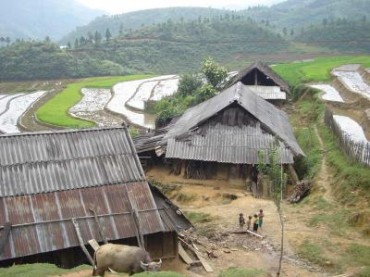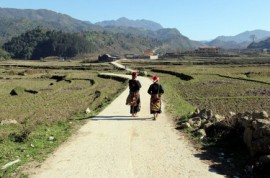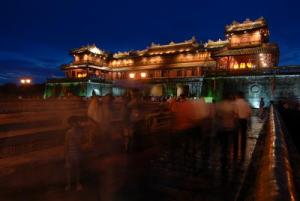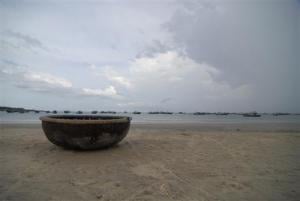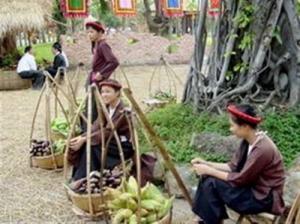Taphin Homestays: Travel Info, Tips and Whatnots
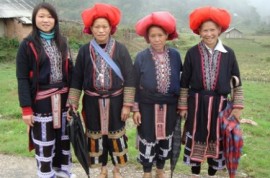
Footprint Vietnam Travel is a company with a mission to promote and support responsible travel. It is the first company to be in partnership with Taphin Village in Sapa, Lao Cai to provide trekking and homestay tours, and proud about it. After being approached by CBT (Community Based Tourism) Vietnam about homestays in Taphin, the group visited the area and just within hours after, it knew then and there that the village was the realization of their vision.
In order to make trips and homestays in Taphin more pleasurable and memorable, the company has provided the most basic and essential information and tips when travelling to the village so that tourists are not only aware of what to expect, but most of all, be able to enjoy their stay.
Trekking at Taphin Village is rated to be between the beginner and intermediate level. There's an approximately 30-minute “challenging” up-and-down hike before reaching the long (3-5 hours) but easier trek to the village homestays. The path can get slippery and difficult during rain, but not impossible to conquer. Moreover, rubber boots are available for $5.
Perhaps surprisingly, homestays are a tradition not to all, but to some, families in the village. A typical Taphin home is big and made of wood. There are not much windows so there is very little natural light that comes in. Guest bedroom/s are built as an extension to the house but not luxurious as one may expect. In fact, only the basic essentials can be found such as a bed, straw mattress, small pillow, blanket, and a mosquito net to keep the insects away. A traditional Taphin house hasn't changed much, or at all, in design from the last 100 years, but guaranteed strong and safe.
The bathroom is a “squat toilet,” one that is clean, flushable, and offers privacy, but sans the luxury of most modern bathrooms such as a sink. The water comes from the mountains. It is not potable, but clean enough to be used for brushing teeth. There is no contemporary shower, instead a “bucket shower” is used. But visitors can enjoy a little luxury with an herbal bath which costs between $3-6. This comes highly recommended, though it is a little time-consuming so guests are adviced to think hard before deciding to take one, and to take it before or after dinner.
Food at Taphin is a combination of traditional Dao hill tribe food, Vietnamese cuisine, and Western influence. Dao food is basically smoked pork or ginger spiced chicken, seasonal vegetables, stir fried meat and vegetables, spring rolls, tofu, and tomatoes. French fries is one of the West's food influence on Taphin. The breakfast menu usually includes pancakes, noodle soup, fruit and/ or eggs. Rice wine is traditionally served with every meal. But guests also have the options between a beer, water, coffee, tea, and/ or soda .
When it comes to dangers or annoyances, there is not much to be concerned about at Taphin except for little things such as the open flame cooking which can get smokey, but visitors can always get cover by going to farther, open spaces from the cooking area. To note, most provincial areas still practice this type of cooking so tourists should be well aware of this. Mosquitoes are tolerable and treatable with bug repellant and/ or mosquito net. Tourist guides will protect you from local or stray dogs which have the tendency to bark at new, unknown people. Rooster may call out very early in the early morning, but it's the best time to get up to witness the activities and overall beauty of the place. In cases of sickness, just notify the guides. They are equipped enough to take care of medical emergencies.
Taphin people are considered “welcoming but shy.” It's best for tourists to initiate eagerness to help and/ or participate in activities but in a polite, non-evasive manner. Tourists should make sure to respect the local cultural etiquette as follows: do not wear all white in the village; do not touch people's heads; do not take pictures, especially close-ups of infants, even if the local residents say it's okay, because it's really not.
To be sure and safe about anything and everything, visitors should ask the tour guide and/ or homestay owner. Compared before, villagers and homestay owners can now speak English. It may not be perfect, but enough to ask for directions and get acquainted with the local people. Besides, what matters most in all tours is not the luxury of one's accommodations or the amount and quality of pictures taken, but learning about a new culture, something that you will carry in your mind and heart throughout your lifetime.




